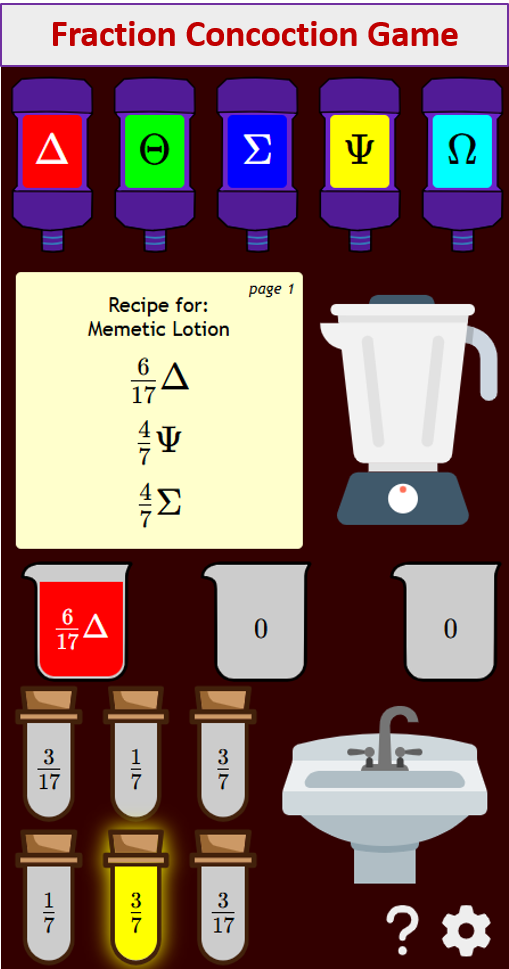Compound Inequalities: Examples
Examples, worksheets, solutions, and activities to help Algebra 1 students learn how to solve compound inequalities.
How to solve and graph compound inequalities?
Compound Inequalities
Students learn that when solving a combined inequality in the form x is less than -3 or x is greater than 2, “or” means “union”, or everything that’s mentioned in the two inequalities. And when solving a combined inequality in the form x is less than negative 3 and x is greater than 2, “and” means “intersection”, or only what’s in common to the two inequalities.
So when graphing a combined inequality, the first step is to graph the inequalities above the number line, then combine them on the number line based on “or” (bring everything down to the number line) or “and” (only bring down the parts where the graphs overlap).
Compound Inequality Problem
Solving Compound Inequalities
The problems in this lesson incorporate the ideas of solving inequalities and combined inequalities.
Solving Compound Inequalities
This video shows how to solve and graph compound inequalities. Shown are the and variety with the filled in line segment between the boundary points and the or variety with two outward arrows from the boundary points. It shows how to graph on a number line.
Try out our new and fun Fraction Concoction Game.
Add and subtract fractions to make exciting fraction concoctions following a recipe. There are four levels of difficulty: Easy, medium, hard and insane. Practice the basics of fraction addition and subtraction or challenge yourself with the insane level.

We welcome your feedback, comments and questions about this site or page. Please submit your feedback or enquiries via our Feedback page.